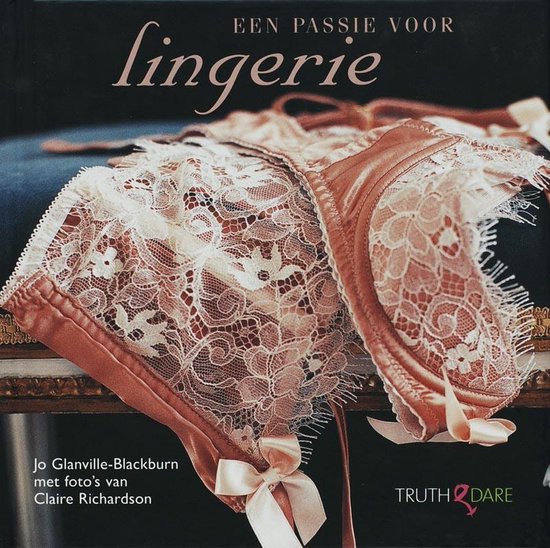
1000 Dessous: A History Of Lingerie
Since the beginning of civilization, women have worn underwear. Justified as protection, or a hygienic necessity, this ''''second skin'''' was devised to satisfy perverse erotic instincts. A ''''trap laid by Venus'''' to entertain and stimulate the fantasies of both the woman who wears them and the man who discovers them. Corsets, bras and panties are not utilitarian items -- they are elements in a mystic ritual linking man and woman. They act as an obsessive focus for fantasy, for the sex they conceal is powerless without the decorations and seductions which separate us from it. Pleasure would perish without censorship. Women have always known how to stimulate the latent fetishism of the men around them. Under her dress, a Greek girl of the classical period would wear a belt around her hips which was of no practical use except to draw attention to her feminity. Likewise, the women of Rome already wore garters round their thighs, though the stocking had not yet been invented.
In our own century, vamps, starlets, pin-ups and models have filled our cinema screens, our advertising hoardings, our office calendars and our imaginations with the erotic engineering of the garter belt and the surreptitious rustle of nylon stockings.
In our own century, vamps, starlets, pin-ups and models have filled our cinema screens, our advertising hoardings, our office calendars and our imaginations with the erotic engineering of the garter belt and the surreptitious rustle of nylon stockings.
| Auteur | | Gilles Neret |
| Taal | | Engels |
| Type | | Paperback |
| Categorie | | Kunst & Fotografie |





